Asus ROG Phone 7 Ultimate review: cool customer
An unwavering focus on gaming delivers rock solid performance
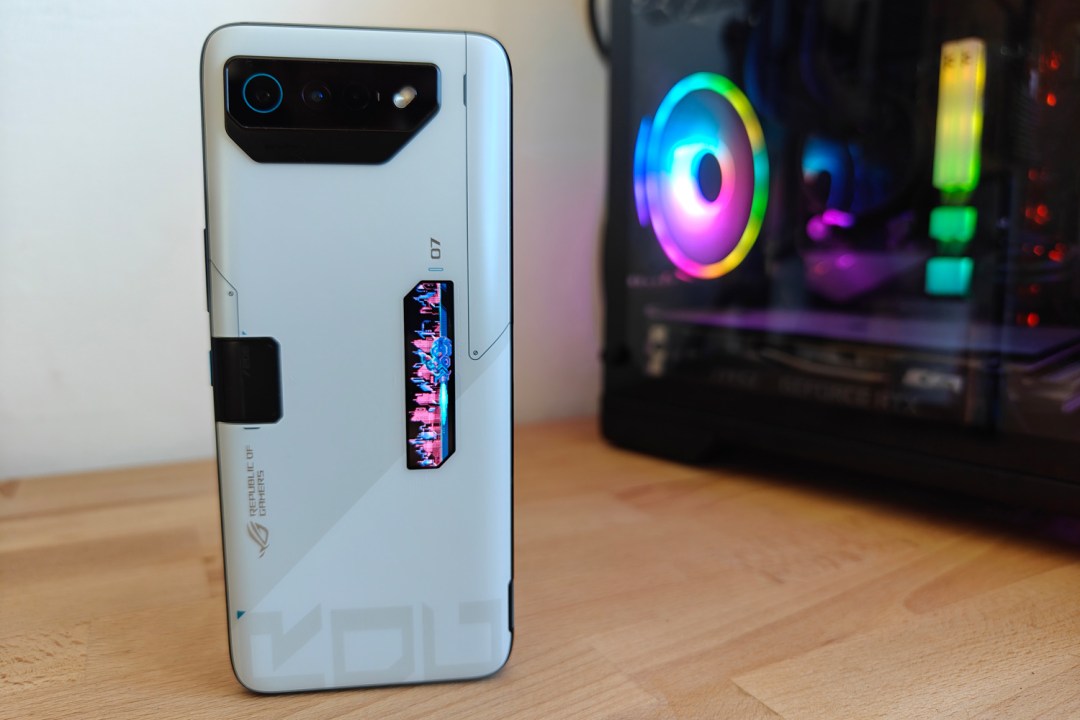
Plenty of modern phones will let you get your game on, but even the highest of high-end handsets will eventually start to feel the heat. That’s where dedicated gaming phones come in: instead of trying to be the best at everything, they can double down in the areas that matter, like performance, cooling and battery life. The ROG Phone 7 Ultimate is Asus’ latest attempt, and as the name suggests, it doesn’t leave you wanting for much at all.
It puts the latest Snapdragon CPU on ice with a bolt-on thermoelectric chiller, goes big on batteries and has properly bombastic looks to set it apart from the mainstream competition. This is a seriously spendy phone, though. Does it justify an outlay that would buy almost any other 2023 flagship – and is there enough grunt here to earn a place on our best gaming phones list?
Design & build: name of the game
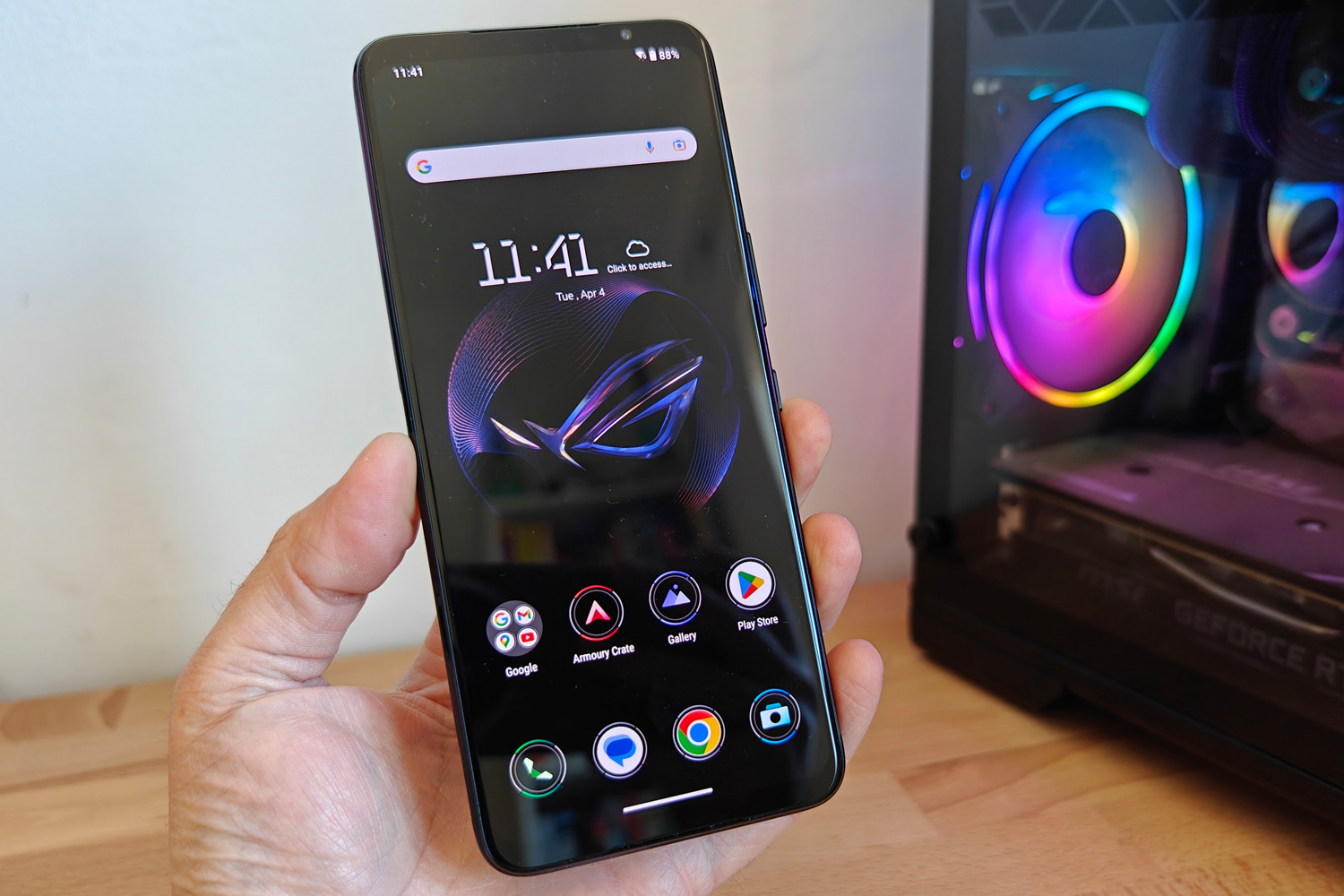
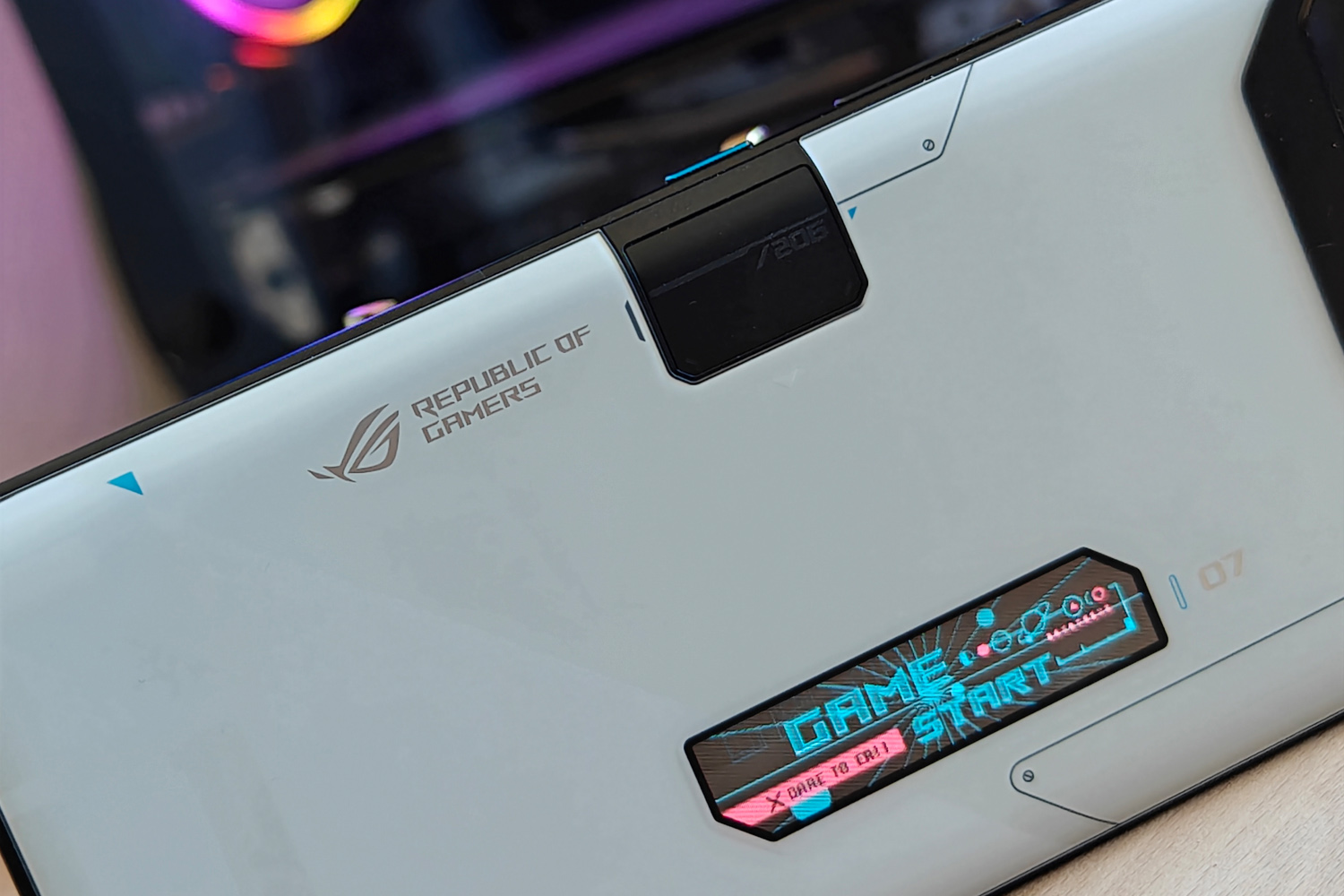
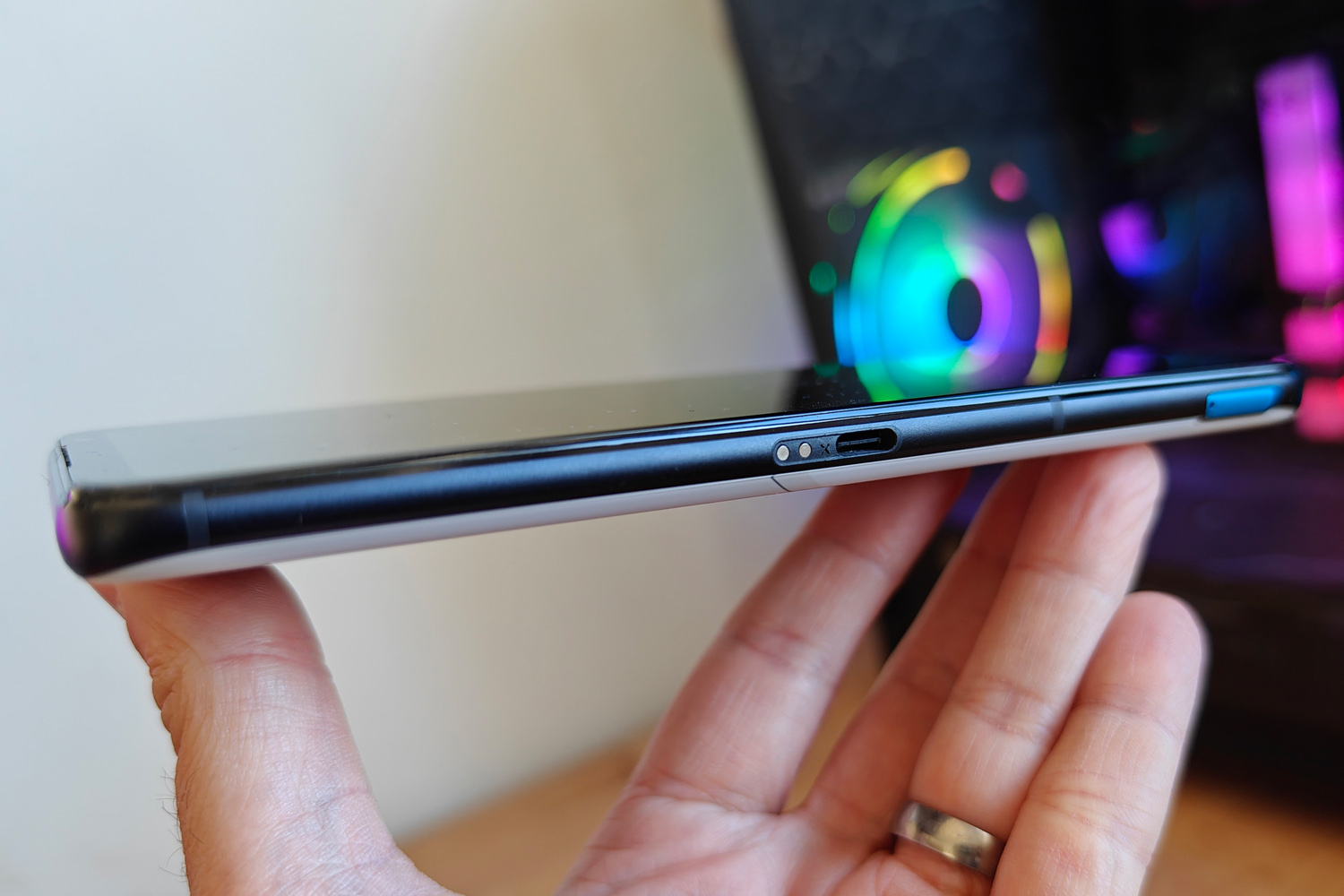
Just one look will tell you the ROG Phone 7 Ultimate’s target audience. It’s a gaming phone through and through, with sci-fi decals, a distinctive black on white colour scheme, and prominent ROG branding at the rear. That isn’t what stands out the most, though – and neither is it the angular camera bump.
Nope, it’s the ROG Vision Display, a colourful dot matrix-style PMOLED panel that flashes up effects and animations when calls or notifications come in, you put the phone on charge or open up a game. You can pick from an extensive list, or create your own. It has about as much performance impact as RGB lighting on a gaming PC, but is still a fun way to customise the handset.
Decals aside, though, little has changed on the design front from last year’s ROG Phone 6 Pro. You’re still looking at matte glass on the rear and Gorilla Glass Victus up front, sandwiched around a very sturdy metal frame. The curved rear means the phone sits comfortably enough in your hand, but it’s still a proper bruiser of a handset at 240g. That means there’s plenty of room at the sides for the Air Trigger touch-sensitive buttons, which are a great alternative to playing everything using the touchscreen.
The in-display fingerprint sensor makes a return, and is just as quick to recognise your thumb or finger. IP55 splash resistance is a step up from last year.
You still get the novelty of twin USB-C ports: one at the bottom and one at the side, to accommodate the Aeroactive Cooler 7 accessory. It comes bundled with the ROG Phone 7 Ultimate, and is an optional add-on for the regular ROG Phone 7 – but if you’re serious about getting a gaming phone, you’re going to want to have it.

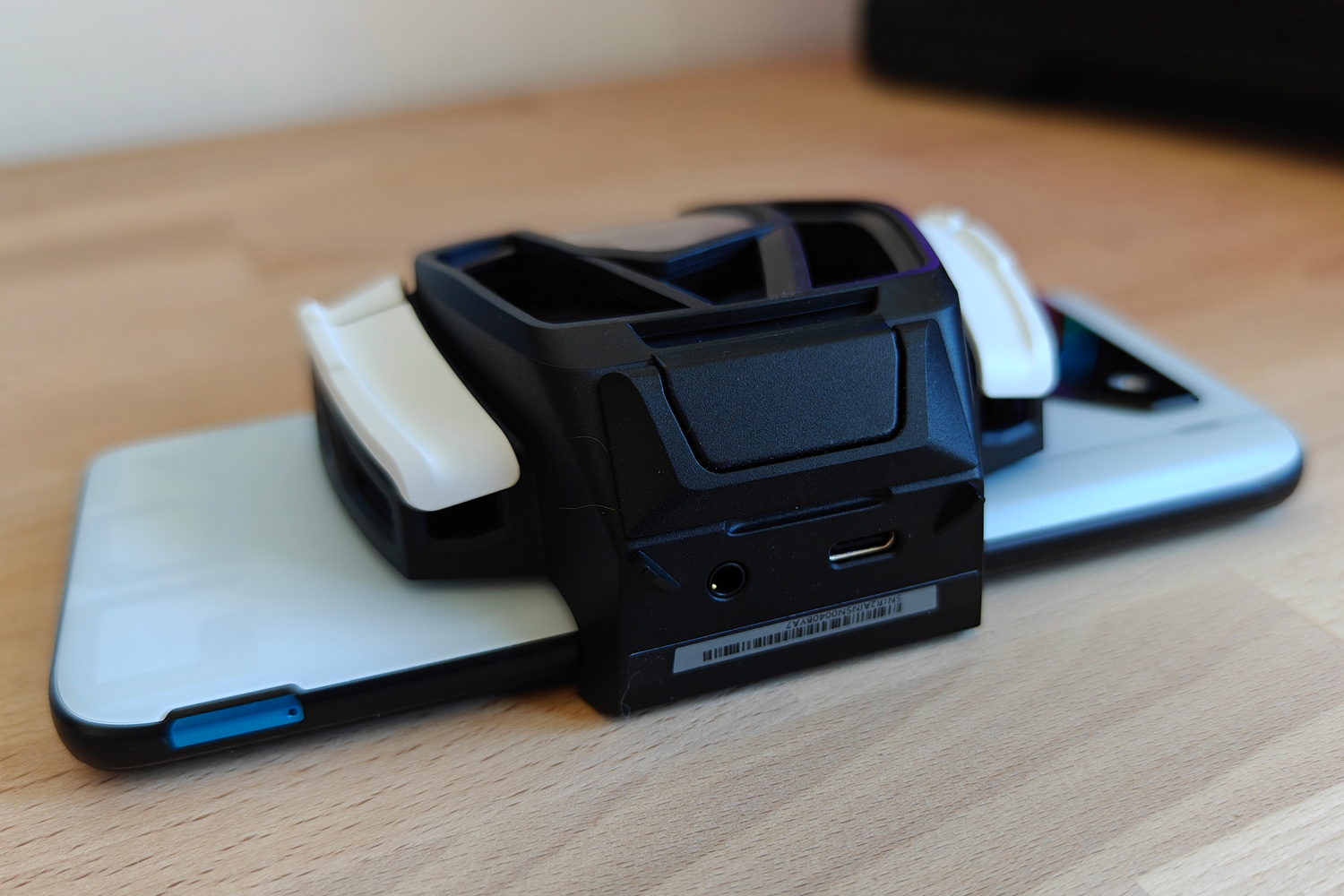
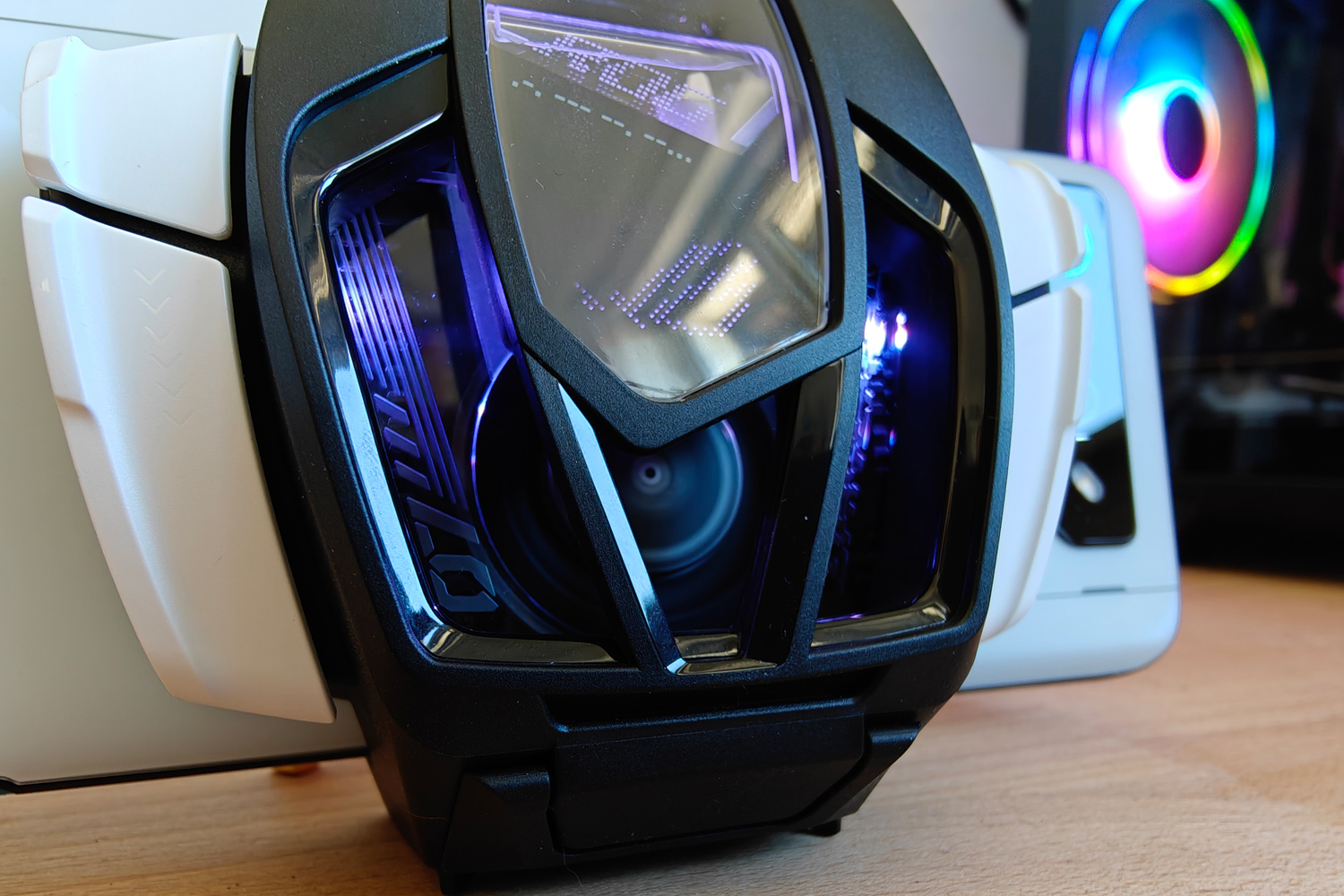
The clip-on cooler has a thermoelectric chiller and cooling fan combo which can slash CPU temperatures by as much as 25 degrees celsius while gaming, with a higher static pressure than the previous generation version. It draws power from the phone to get cold, quick – take it off and the thermal pad is properly chilly to touch. USB-C and 3.5mm passthrough let you charge and listen while you play, and the four physical buttons can be bound to onscreen actions. The whole thing lights up with rainbow LED effects, and there’s even a tiny kickstand built in – handy for watching videos hands-free while at a desk.
Screen & sound: big and bold
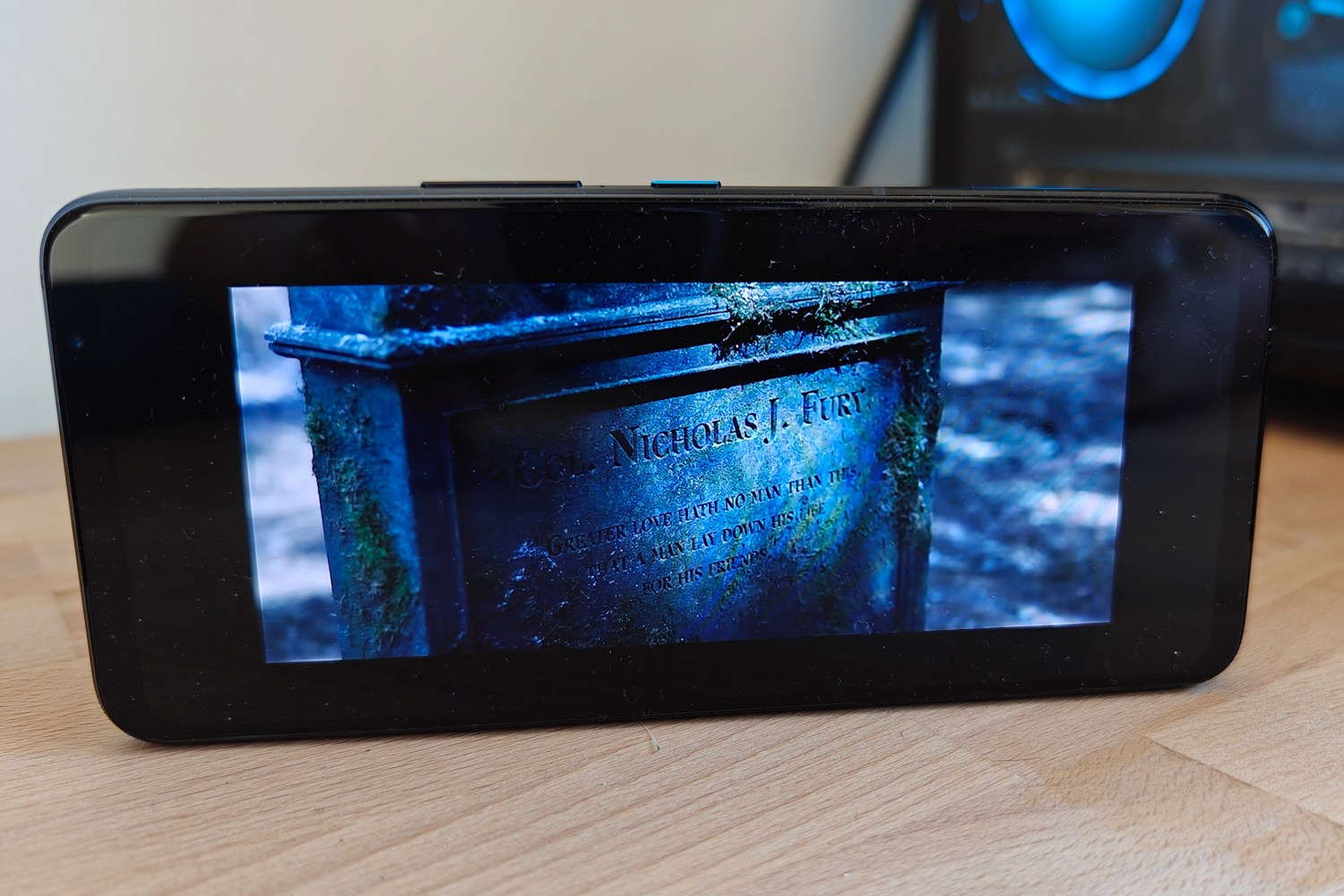
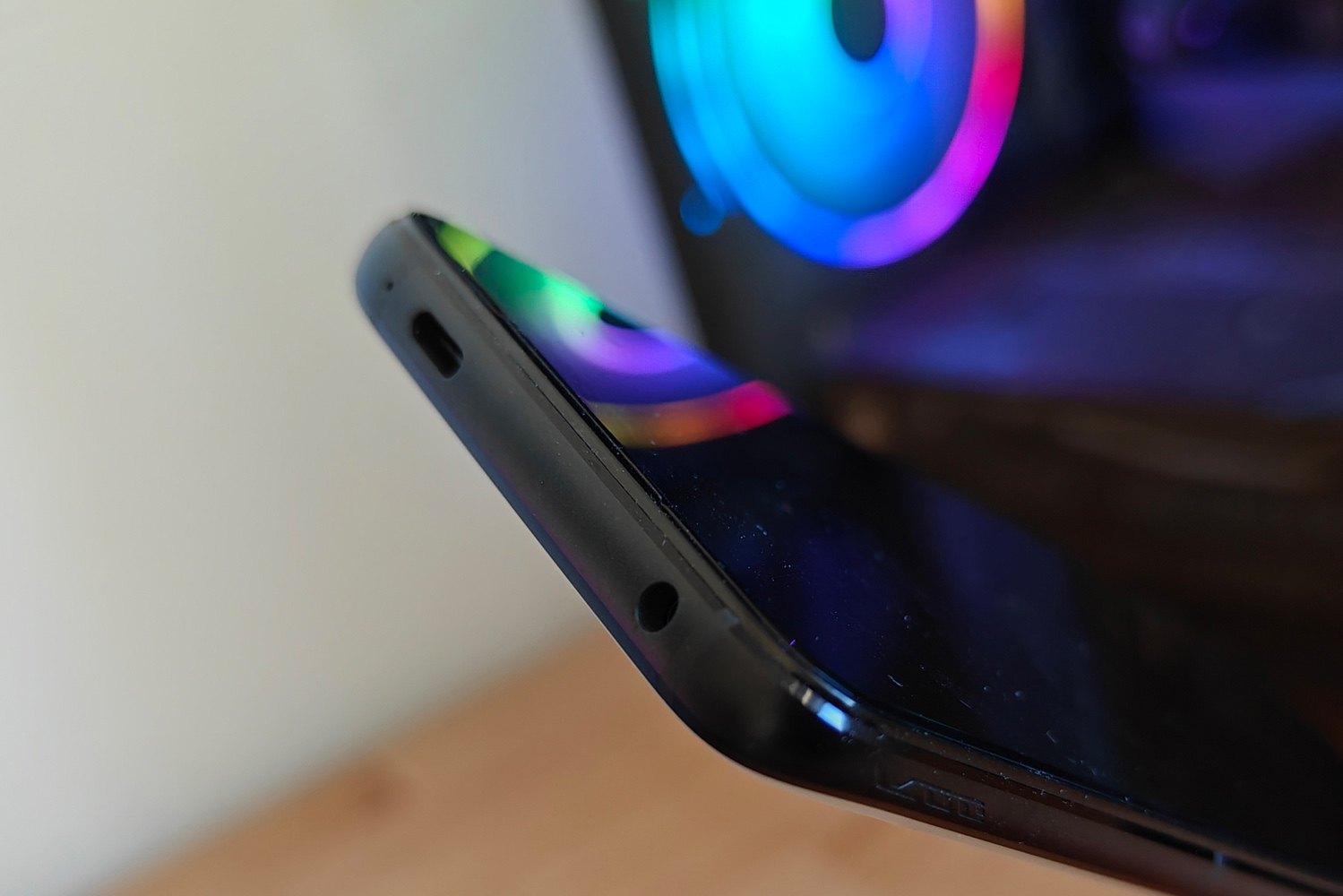
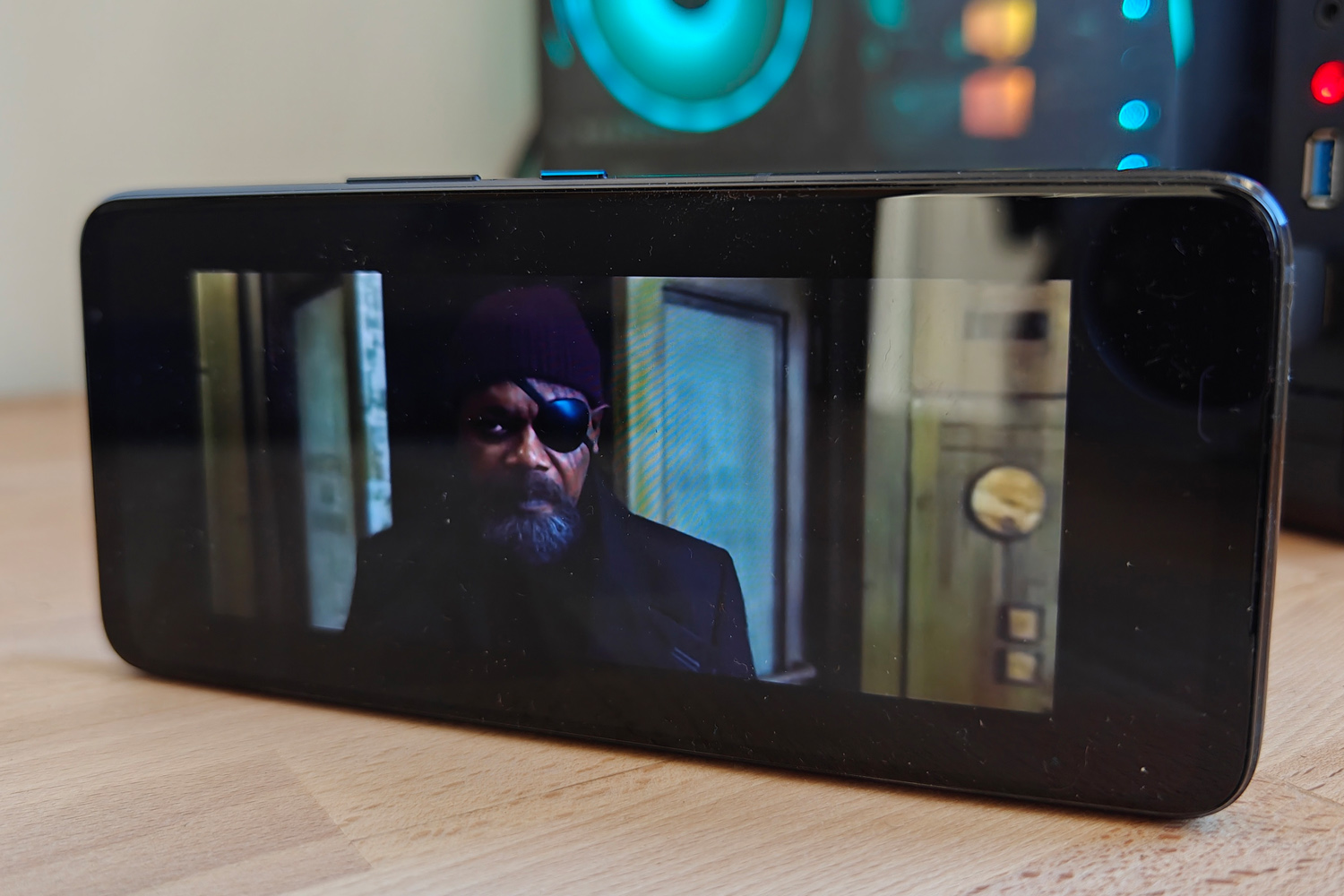
On the surface, the ROG Phone 7 Ultimate’s AMOLED display hasn’t changed all that much from last year’s model. It has the same 2448×1080 resolution, stretched over 6.78in and with an almost cinematic 20.4:9 aspect ratio. Expect full sRGB and DCI-P3 colour coverage, as before.
A gamer-friendly 165Hz refresh rate also returns, along with 720Hz touch sampling for snappy input response. It defaults to an adaptive mode, which tends to stick to 120Hz for motion and 60Hz for static images – there’s no LTPO tech here to drop lower in the name of battery savings. You have the option to force it higher for individual games, or across the board. You’d better believe things looks slick in motion when set to the full 165Hz.
Asus has managed to boost peak brightness for 2023, so the panel now hits an impressive 1500 nits peak when in high brightness mode. That’s a way off the very brightest flagship phones, but we certainly had no trouble seeing what was on screen, even in direct sunlight. It helps give HDR content plenty of punch, too.
Colours are suitably punchy out of the box, with a handful of different presets available in the Settings menu including a colour temperature slider for tweaking to your personal preference. It’s an OLED, so naturally contrast was exceptional and darker images showed fantastic definition.
The dual front-facing speakers are an excellent pairing to the screen, producing impressively clear and surprisingly well-balanced audio for a phone. There’s some actual semblance of bass here, without stripping anything from the higher frequencies. The Aeroactive Cooler 7 then adds significantly more low-end via a 13x38mm “subwoofer” driver.
You’ll still want headphones for critical listening, and are well catered for with Snapdragon Sound, aptX Adaptive and aptX Lossless wireless support. Don’t forget the 3.5mm headphone port, either: it might be old tech, but you’re guaranteed zero latency, which can be crucial for gaming.
Performance & software: all about aero
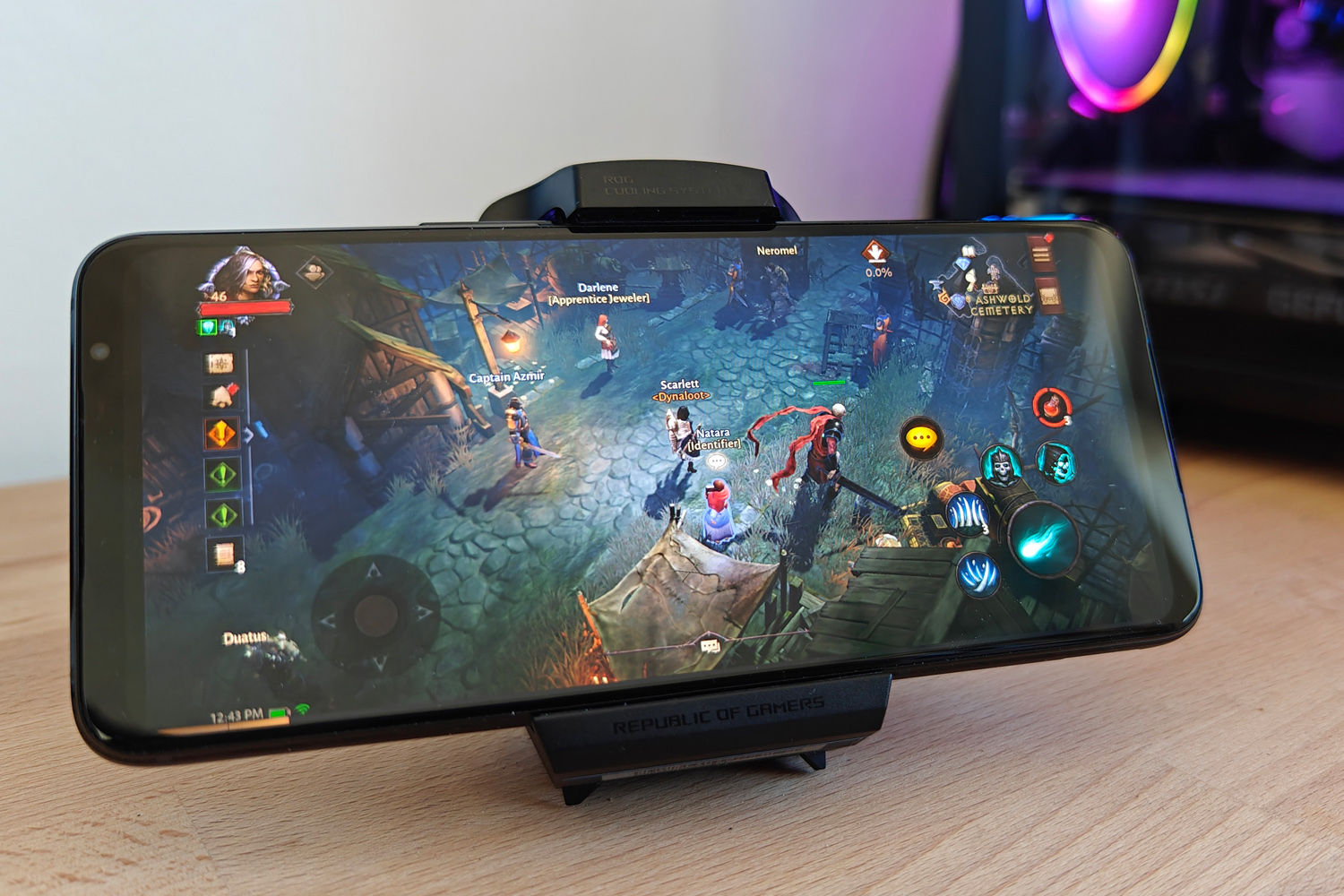

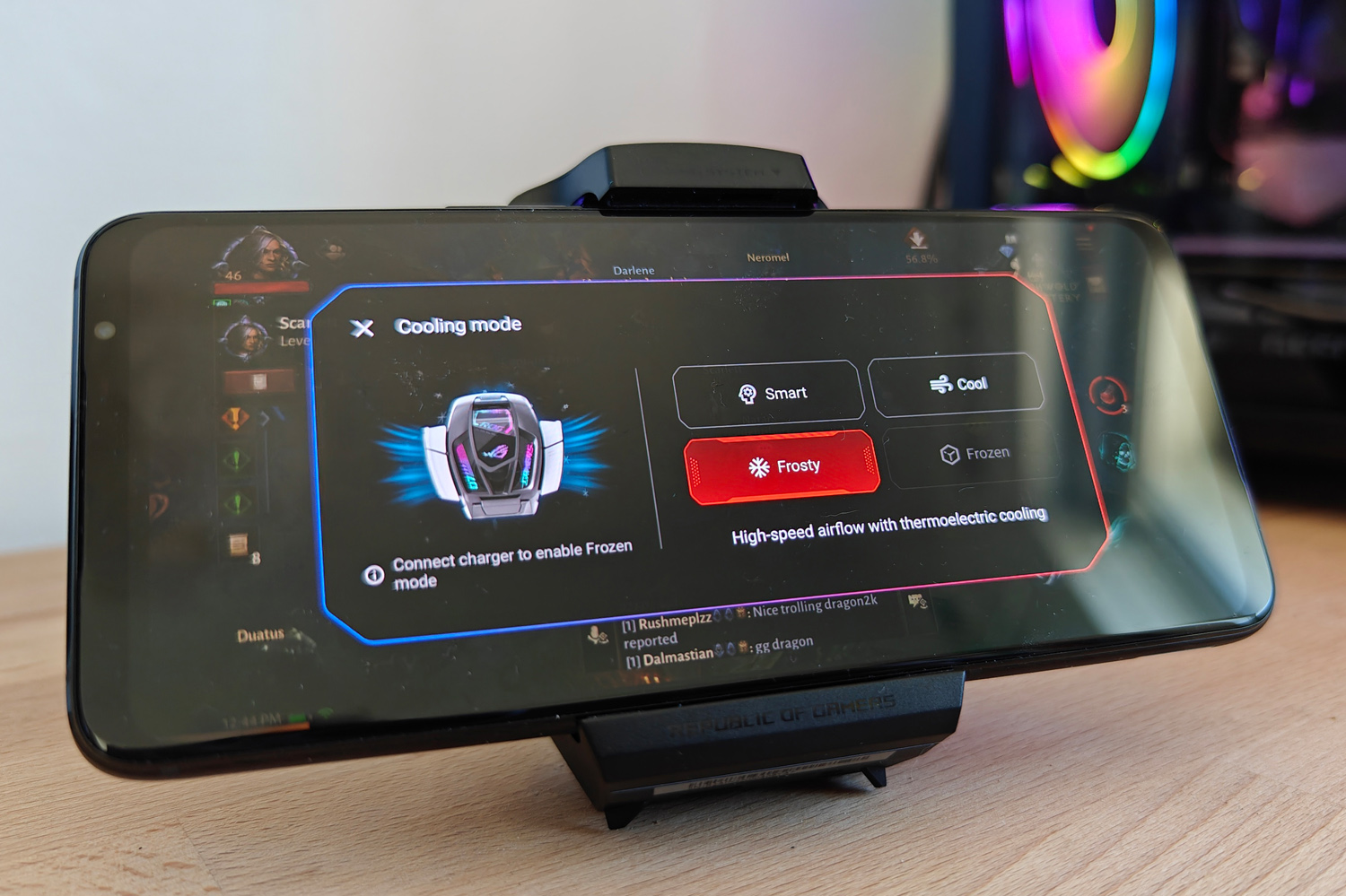
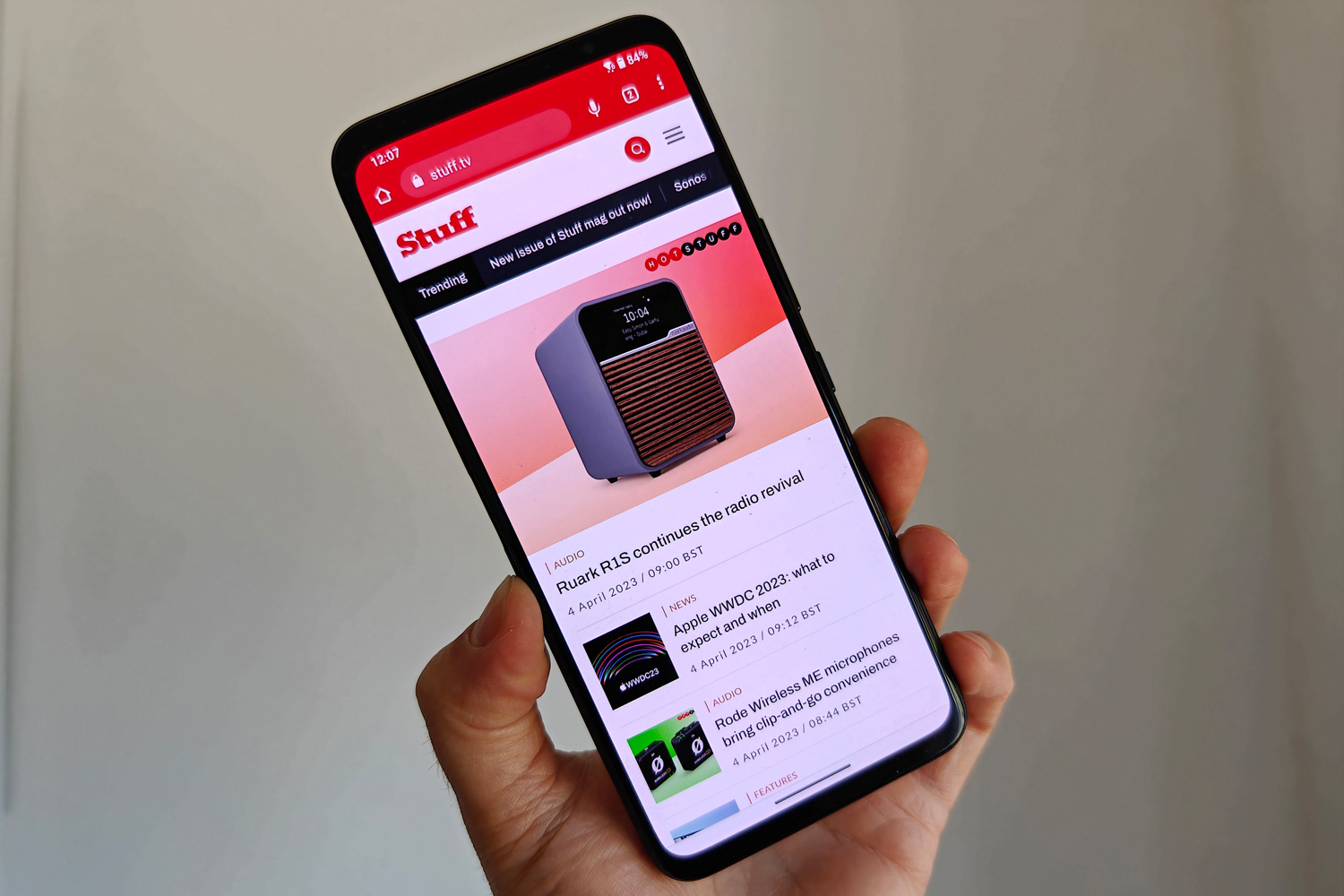

Like any 2023 flagship phone worth your attention, the ROG Phone 7 Ultimate is packing a Snapdragon 8 Gen 2 CPU, a healthy 16GB of RAM and a whopping 512GB of on-board storage. That combo apparently delivers 15% better CPU performance and a 20% faster GPU than last year’s model, which used Snapdragon 8+ Gen 1 silicon – while also being 15% more power efficient.
If Asus had called it a day there this would be a comfortably rapid phone, but some reshaped graphite heatspreaders and an uprated vapour chamber cooler means thermal efficiency has taken a big leap forward too. Essentially that lets the chip run at higher clock speeds for longer before having to throttle, meaning better performance across the board – and that’s before you bolt on the AeroActive Cooler accessory.
It edged out the Samsung Galaxy S23 Ultra and Xiaomi 13 Pro in synthetic tests, and the Android homescreen was unsurprisingly as responsive as it gets. Apps opened very quickly, animations were always smooth and split-screen multitasking proved no problems at all. The most demanding games in the Play Store consistently ran at 60fps or above, even with all details cranked to the highest settings. Asus has specifically tuned the phone for heavy hitters like Diablo Immortal, Genshin Impact and PUBG, which all performed brilliantly.
Add on the cooler and a vent built into the rear of the phone opens mechanically, letting hot air escape in order to maintain that sort of performance even after a multi-hour play session. The fan isn’t silent, but is barely audible from a few feet away so won’t annoy anyone else in the room. It takes a bit of practice before using the lower pair of buttons with your middle fingers feels natural, but we absolutely preferred the physical clicks to any kind of touchscreen haptic feedback.
Naturally Asus has gone all-out with its Armoury Crate game launcher and Game Genie tweaking software, which give fine-grain control over performance and thermal management as well as more familiar settings like silencing incoming notifications, recording gameplay clips and stopping you from accidentally returning to the home screen mid-game. You can even come up with custom vibrations based on which part of the screen you press. We especially like the Background mode, which keeps your game running (with a live internet connection) while you do other things.
It’s a lot to take in, but an augmented reality space combat game runs you through the basics when you first power on the phone. It uses the box it came in to highlight various settings and features including the Air Triggers, which let you tap the phone’s frame instead of onscreen buttons.
Rather intense ROG theme pack aside, the ROG Phone 7 Ultimate runs a fairly standard version of Android 13. You can expect two major OS updates and four years of security updates. The former is a little disappointing when most flagships are now promising three OS generations or more.
Battery life: more than enough to go around
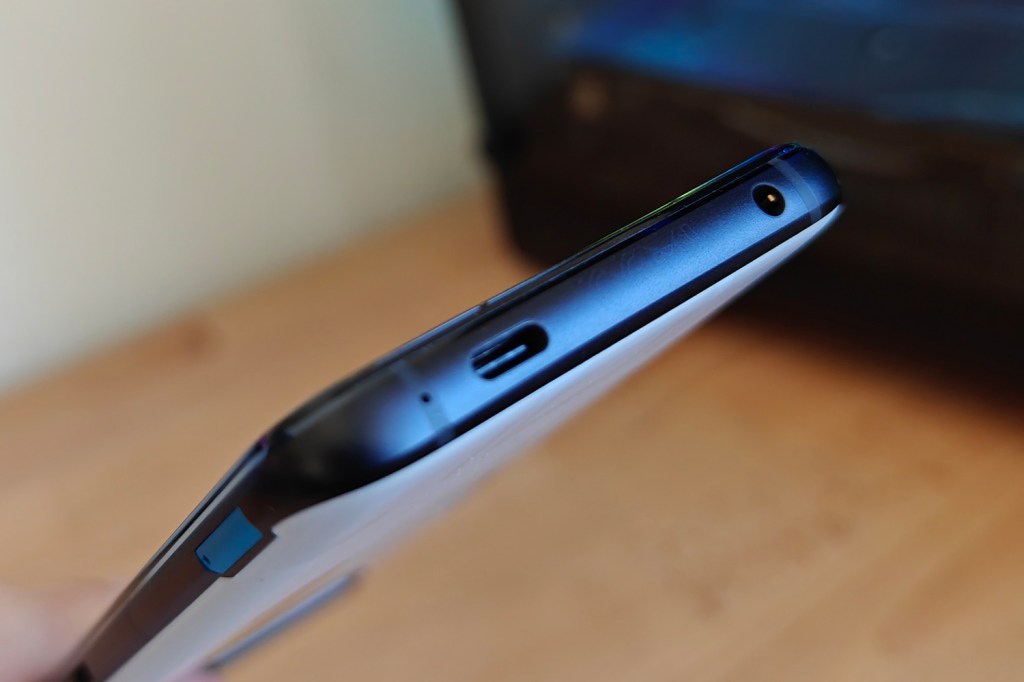
ROG phones can usually be relied on to go bigger on the battery front than other flagships, and this year is no different. While rivals max out at 5000mAh, Asus has found room inside the ROG Phone 7 Ultimate for a colossal 6000mAh. It’s split across two separate cells, which helps better distribute heat when charging – and to leave more room for CPU cooling.
Unsurprisingly it’s an absolute beast for daily duties, never dipping into the red even with a mix of YouTube videos, Spotify streaming, phone calls, social scrolling and web browsing. Forcing the refresh rate to the full 165Hz didn’t seem to have a major negative impact, either. It’s comfortably ahead of pretty much every major Android rival – although some do get close thanks to exceptional power management. Gaming is absolutely going to drain it a lot faster, but will still last through an extended play session, even in especially demanding titles.
Passthrough charging makes a return, letting the phone draw mains power through one of its two USB-C ports to give the battery a break while gaming. That should help extend the battery’s usable lifespan, as well as helping keep temperatures under control. And while 65W isn’t exactly cutting edge in terms of charging speed, it’s still quicker than anything from Apple, Samsung or Google.
A full charge takes around 40 minutes, but you realistically only need half of that to get you from morning to evening if you’re not going to be gaming. Asus also includes a power brick in the box, which is more than you get from the big three mentioned above.
Cameras: snap only in case of emergency?
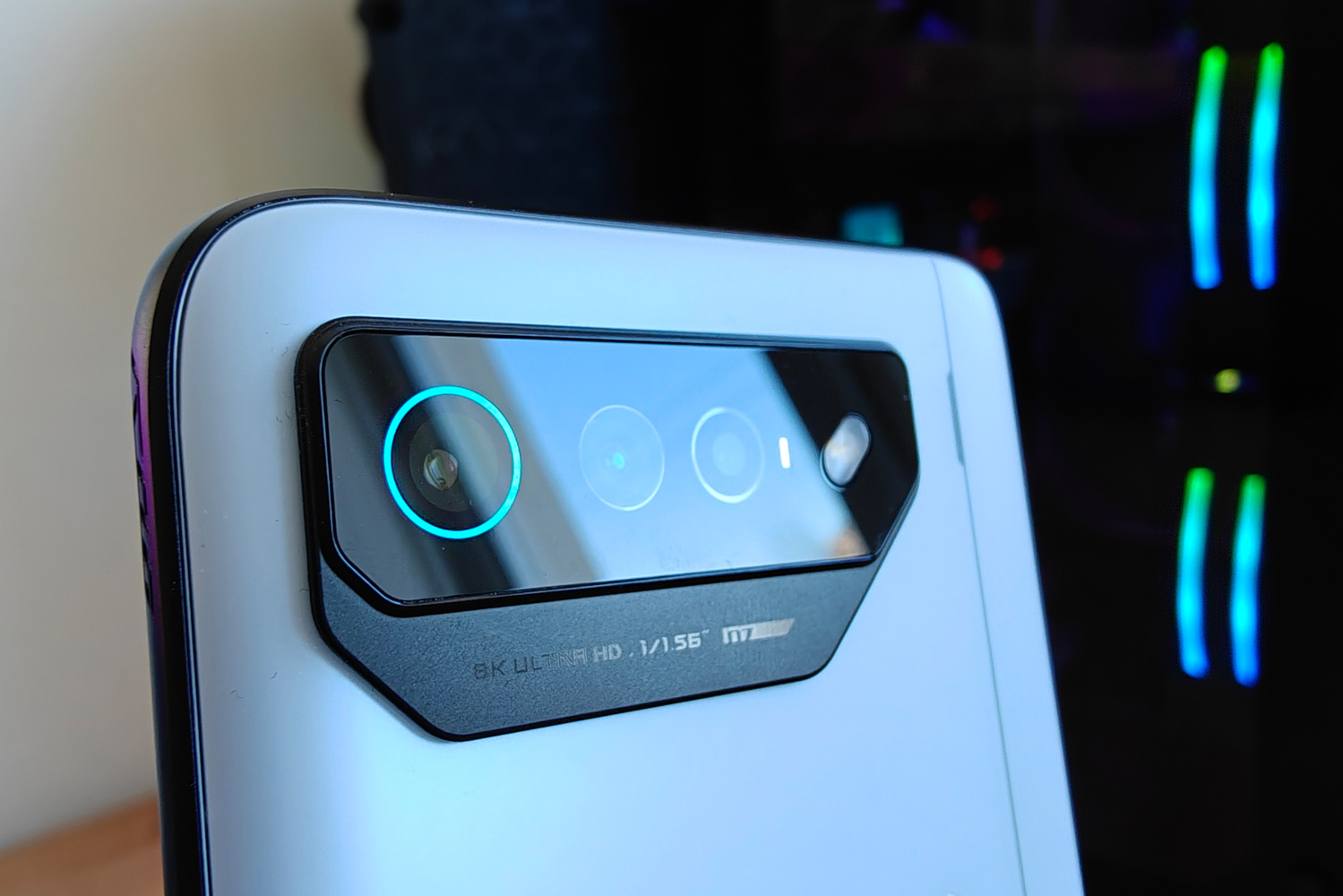
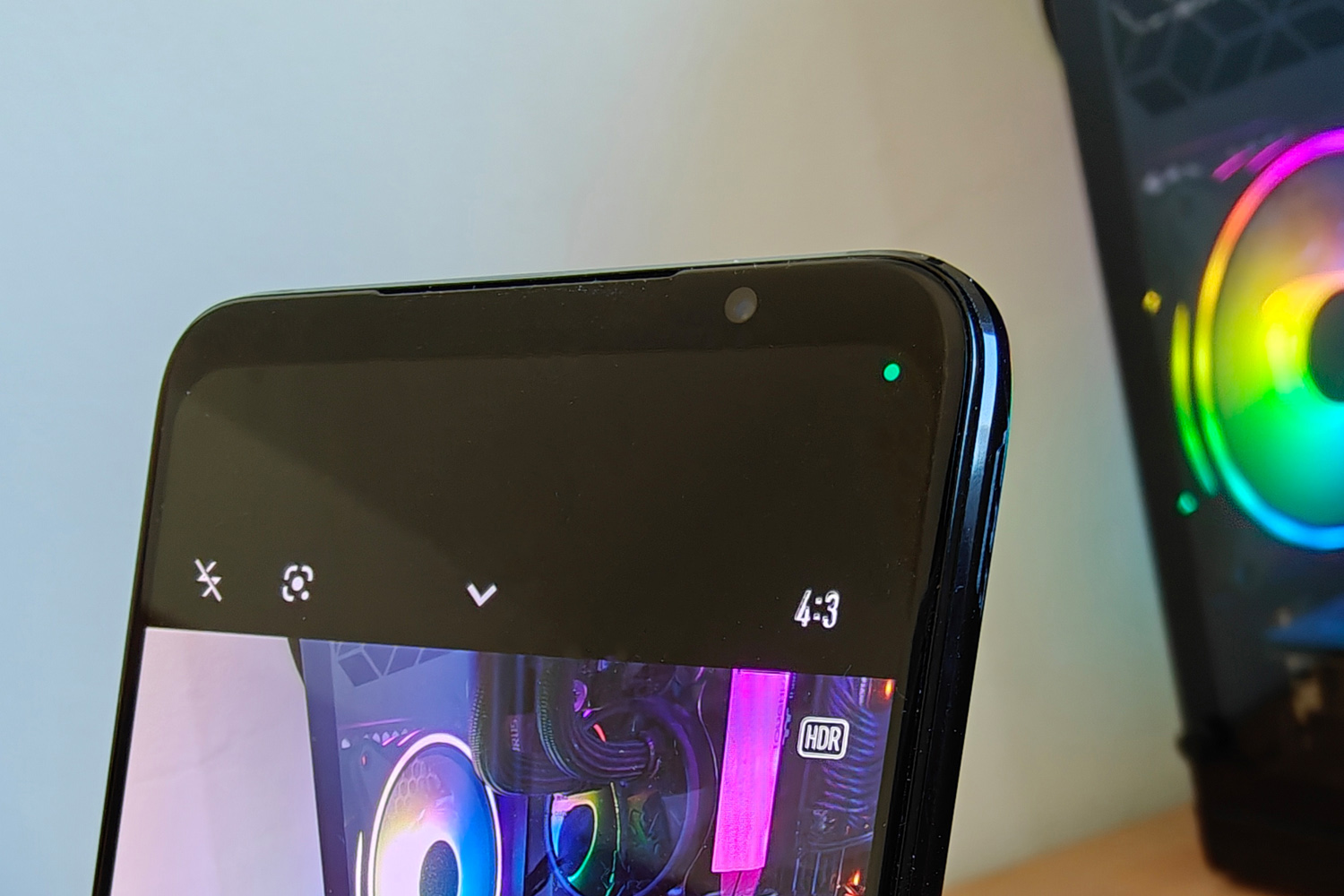
Photography is often seen as a footnote in gaming phones, and Asus hasn’t really done much to dispel that way of thinking with the ROG Phone 7 Ultimate. It has the same three camera setup as last year’s model: a 50MP main sensor, 13MP ultrawide and 5MP macro.
The front-facing camera has the only notable hardware upgrade, swapping the 12MP sensor seen on the outgoing ROG Phone 6 series for a 32MP one; we had no complaints on its ability to capture a convincing selfie, with respectable amounts of detail, sharpness and contrast as well as accurate colours.
In the right conditions the main sensor is perfectly capable of taking great photos, despite the lack of optical image stabilisation or any kind of fancy autofocus system. The high pixel count helps it capture plenty of definition, even in distant subjects and landscapes. It also benefits from a year’s worth of image processing advances, so you should expect clean shots with true-to-life colours, nuanced HDR, and well-judged exposure. There is a lot of image sharpening going on around areas of fine detail, though.
There’s no dedicated zoom lens, but cropped 2x shots using the main sensor are basically indistinguishable from 1x ones during the day. Clarity takes a nosedive once you invoke the upper reaches of the digital zoom, however, topping out at a fairly modest 8x. More mainstream rivals perform much better here, and the gap is even wider at night.














At night, colours aren’t quite as well defined and image noise increases slightly. Without OIS you’ll also need a steady hand to get the crispest shots, and even then HDR can’t quite rescue the darkest shadows of a scene when bright highlights are also present. That said, Night mode is keener to kick in automatically for the main sensor now, and does a better job overall.
Colours are largely consistent between the main and ultrawide lenses, even if the latter could be a little sharper and more defined at the edges of the frame. Exposure and HDR processing remain on point, but detail takes a noticeable drop-off when you start zooming into your snaps. The difference is clearer at night, where the ultrawide has to rely on extra HDR stacking and longer exposure times.





The macro is a serviceable if niche inclusion compared to a telephoto lens. Photos are clean, colourful and detailed enough given the pixel count, but they’ll rarely blow you away. Much like the other lenses, really; if you think a £1200 phone’s cameras should be not just OK but outstanding, you’ll need to look elsewhere.
Asus ROG Phone 7 Ultimate verdict
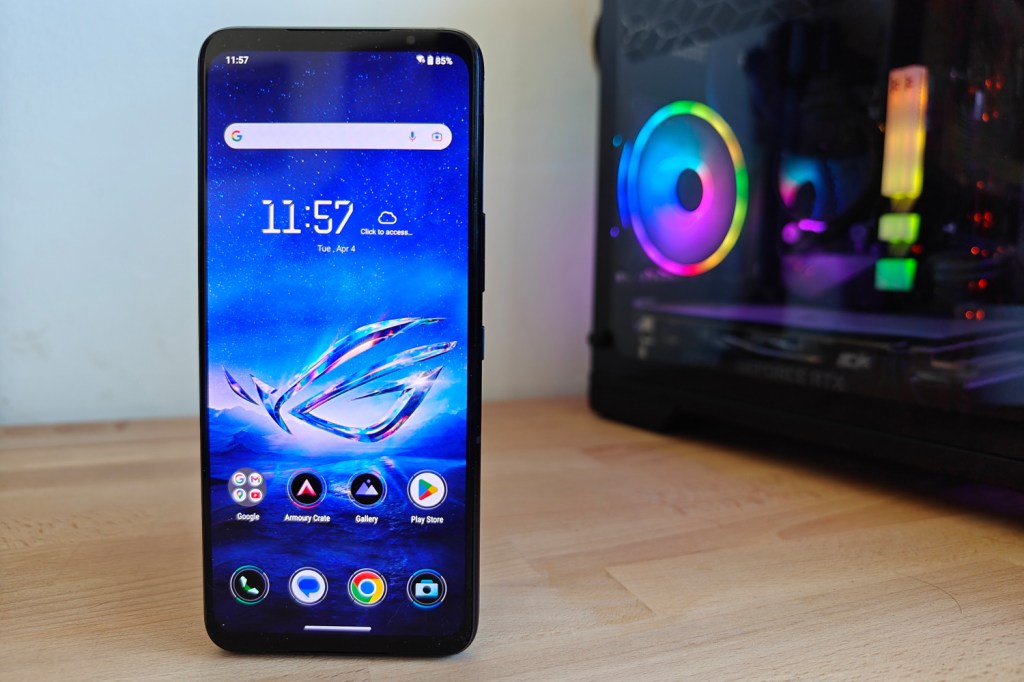
It might not mix up the formula, but the latest ROG phone is still deserving of that Ultimate moniker. It has a great display, stellar sound and superb battery life when you aren’t gaming – and impeccable performance, streamlined software and useful accessories when you are. There’s little else out there that’s as purpose-built for playtime.
Frame rates aren’t substantially ahead of the current crop of Snapdragon-powered flagships, though, and while the main camera takes a decent enough daylight photo, the secondary lenses just aren’t up to the same standard as the ones seen on similarly-priced rivals. Those phones aren’t as in-yer-face as the Asus on the design front, either.
If you’ve got a serious Genshin Impact addiction, though? The ROG Phone 7 Ultimate will be all the phone you’ll need.
Stuff Says…
A no-compromise gaming phone that delivers on performance and convenience. Not everyone will think those are worth paying a premium for – but those that do will find lots to like
Good Stuff
Rock solid performance, with and without coooling accessories
Fantastic screen and sound
Main camera takes great snaps
Bad Stuff
Gains over non-gaming phones aren’t huge
Secondary cameras not as versatile as rivals
Still mighty pricey
Asus ROG Phone 7 Ultimate technical specifications
| Screen | 6.78in, 2448×1080 AMOLED w/ 165Hz, HDR10+ |
| CPU | Qualcomm Snapdragon 8 Gen 2 |
| Memory | 16GB RAM |
| Cameras | 50MP, f/1.9 main + 13MP, f/2.2 ulrawide + 5MP macro rear 32MP front |
| Storage | 256/512GB on-board |
| Operating system | Android 13 |
| Battery | 6000mAh w/ 65W wired charging |
| Dimensions | 173x77x10.3mm, 240g |



